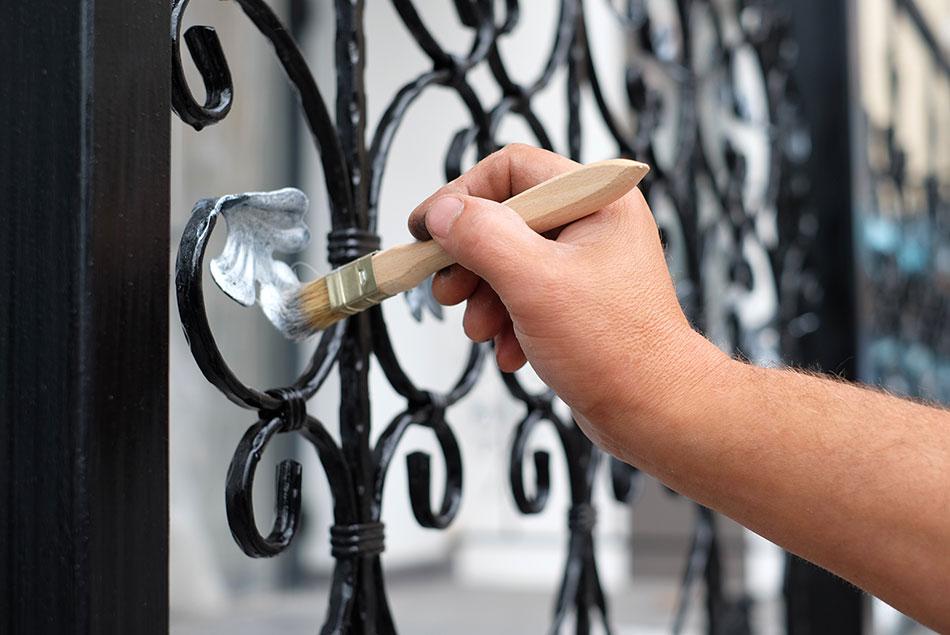Disadvantages of paint coatings

The surface of the coating does not always turn out to be like this, what it should be like. Small lumps may appear on it, lumps, pollen. This is usually the result of using a dirty brush or roller. We can notice this disadvantage relatively early, in the process of painting. First of all, let's clean the tool. Let us wait calmly with the already painted surface, until it dries. Then we sand it with sandpaper and cover it again with a thin layer of paint.
Brush marks, visible on the painted surface, either indicate that the wrong brush has been selected (too hard), or about it, that we applied the paint with a layer too thick. I will remind you, that one of the basic principles of painting, especially with solvent-based paints, is, to apply them in several thinner layers, and not – one thick.
Poor coverage manifests itself in this, that the color of the primer or substrate shows through from under the topcoat. We are dealing with something like that, when we applied the solvent-based paint to the wrong primer or when it was not there at all. In this case, we sand the surface and apply a new layer of paint. With water-borne paints, piercing is usually the result of too few layers. You just need to put one more on.
It happens, that rust stains pierce through the dried coating, moisture, bituminous substances. They had to be insulated in advance, as described earlier. We are left with nothing else, how to do it now and apply an extra coat of paint.
These flaws are easy to fix. However, there are also such, which can only be removed by carefully sanding the surface or even removing the coating just applied and painting again.
One is peeling paint. It comes to him, when we put it on a damp or dusty substrate. Sometimes a fine mesh of cracks appears. It arises then, when the next layer is applied to the previous one that is not completely dry.
Bubbles form on the surface, when moisture or resin seeps under the paint film due to heat. Numerous tiny dents, like craters form, if drops of water settle on the freshly painted place, the most common dew.
Curtain stains may form on vertical surfaces. Reason – too abundant paint application or poor paint distribution. The same error with horizontal surfaces causes the paint to wrinkle in some places.